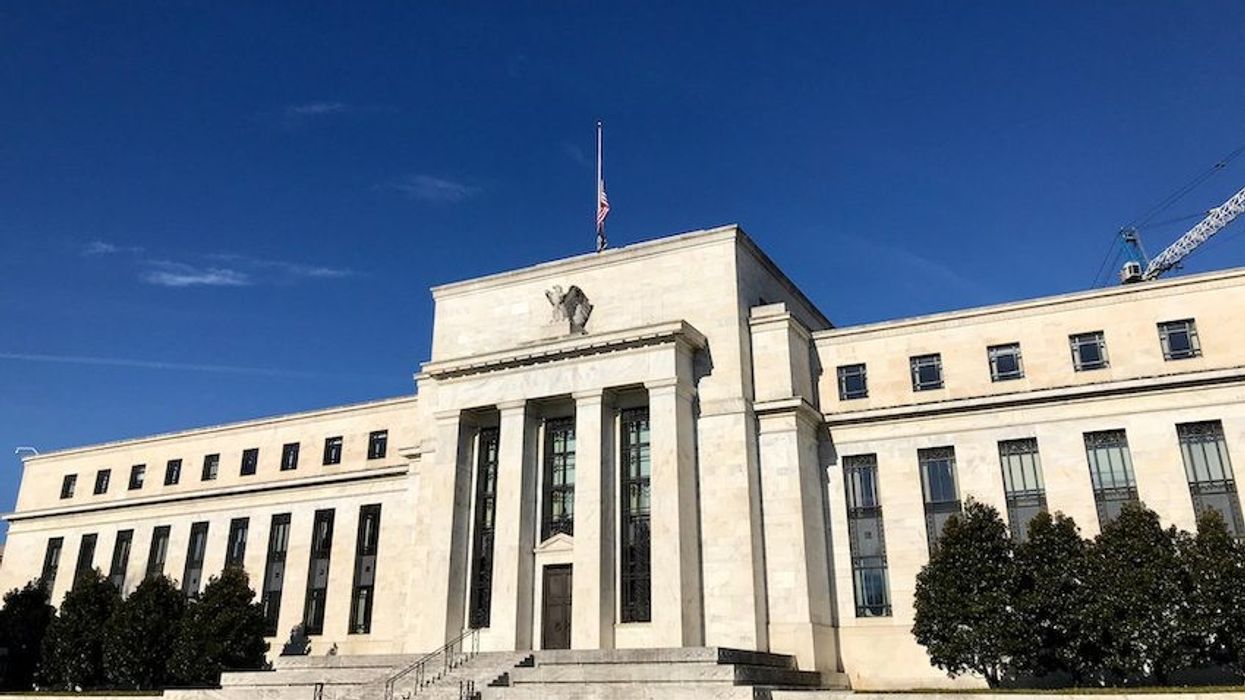Hot on the heels of a 40-year-high inflation reading, the U.S. Federal Reserve has hiked its benchmark borrowing rate by 0.75%, the largest interest rate increase since 1994.
The move brings the federal funds rate to a range between 1.5% - 1.75%.
The Federal Open Market Committee (FOMC) pointed to elevated inflation, which came in at 8.6% in May, as a key motivation behind the supersized hike, driven higher by ongoing supply and demand imbalances related to the pandemic, as well as higher energy prices due to the conflict in Ukraine.
“Overall economic activity appears to have picked up after edging down in the first quarter. Job gains have been robust in recent months, and the unemployment rate has remained low. Inflation remains elevated, reflecting supply and demand imbalances related to the pandemic, higher energy prices, and broader price pressures,” reads their statement.
READ: Rates to Soar Higher as U.S. Fed to Make Two More Rate Hikes
“The invasion of Ukraine by Russia is causing tremendous human and economic hardship. The invasion and related events are creating additional upward pressure on inflation and are weighing on global economic activity. In addition, COVID-related lockdowns in China are likely to exacerbate supply chain disruptions. The Committee is highly attentive to inflation risks.”
And, the hikes are far from over -- the Fed is seeking to contain inflation to a growth rate of 2% in the long run, and it anticipates that “ongoing increases in the target range will be appropriate,” to meet that mandate. As well, they will continue quantitative easing, allowing the runoff of its Treasury securities, agency debt, and mortgage-backed securities from its balance sheet.
In all, the U.S. monetary policymaker expects it will need to raise interest rates to 3.4% by the end of 2022, calling for another 1.75% in rate increases before its hiking cycle is through. There are four remaining scheduling policy-setting meetings this year.
That’s a more expedited trajectory than previously signalled; in March, the Fed had forecast the year-end rate would need to settle in a range close to 1.9%.
They also lowered forecasts for economic growth, calling for 1.7% this year compared to the previous expectation of 2.8%. Unemployment, while still historically robust, could also see an increase, to a rate of 3.7%.
What This Bodes for Canadian Monetary Policy
As the Bank of Canada traditionally moves in lockstep with the U.S. Fed, today’s aggressive hike could signal more of the same north of the border. The Canadian central bank has already implemented three hikes this year, starting with a 25-basis point increase in March, followed by larger 50-basis-point hikes in April and June, in efforts to tamper down domestic inflation growth of 6.8%.
While a 75-basis-point increase would be highly unusual -- there have only been five half-point increases total in the BoC’s history -- some economists have already called for the possibility. It’s widely anticipated that the BOC will make another three half-point increases by 2023, in order to bring the Canadian cost of borrowing to 3%.
Such aggressive rate hikes will continue to put the boil under borrowers, who have seen debt-servicing costs rapidly increase in past months.
According to the Bank of Canada’s Financial Systems Review, variable-rate mortgage borrowers who first took their mortgage out between 2020-2021 have seen those costs increase by $700 per month (median).
Fixed-rate borrowers taking on new mortgages -- or coming up for renewal -- are also facing exceedingly pricey rates as bond yields have soared on the BoC’s hawkish sentiment; the five-year Government bond has hit a new high this week of 3.56% -- a mere six bps spread from 10-year yields. That spells fixed mortgage rate offerings reaching the upper-4% range, and a stress test in the upper sixes.
A recent analysis from a Bank of Montreal economist found that today’s mortgage costs are comparable to those in 1989, when factoring in high real estate prices.
“By our estimates, mortgage service costs on the purchase of a typical house are now as bad as in 1989, and that’s with five-year fixed mortgage rates closer to 5% than 12%,” wrote BMO Senior Economist and Director Of Economics Sal Guatieri in an investor’s note.





















